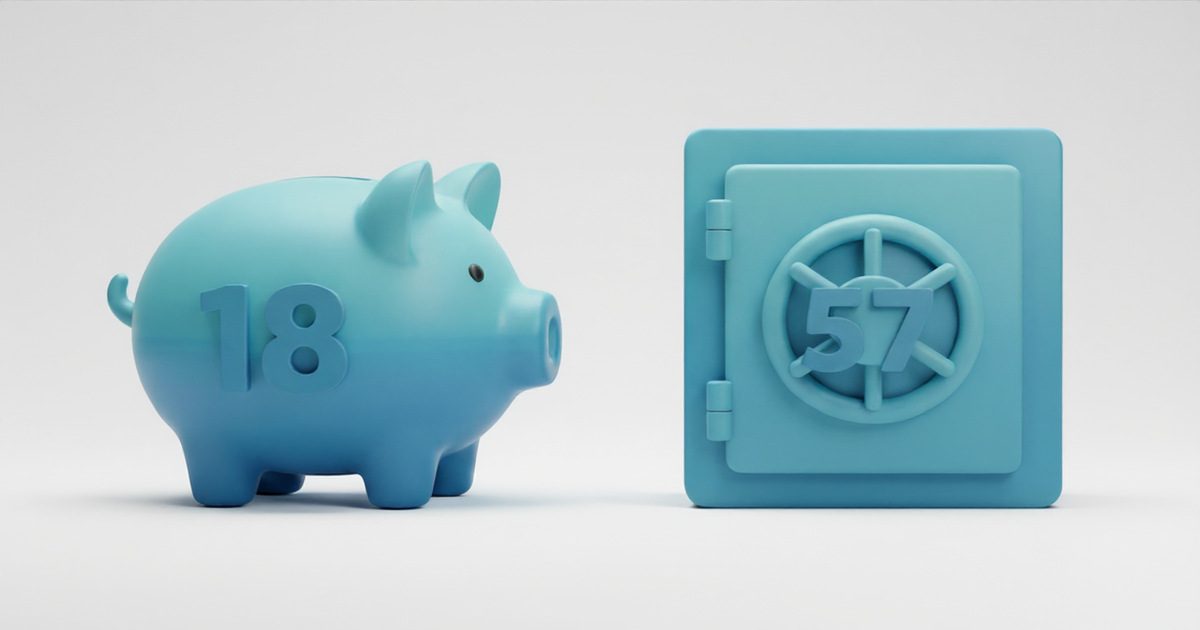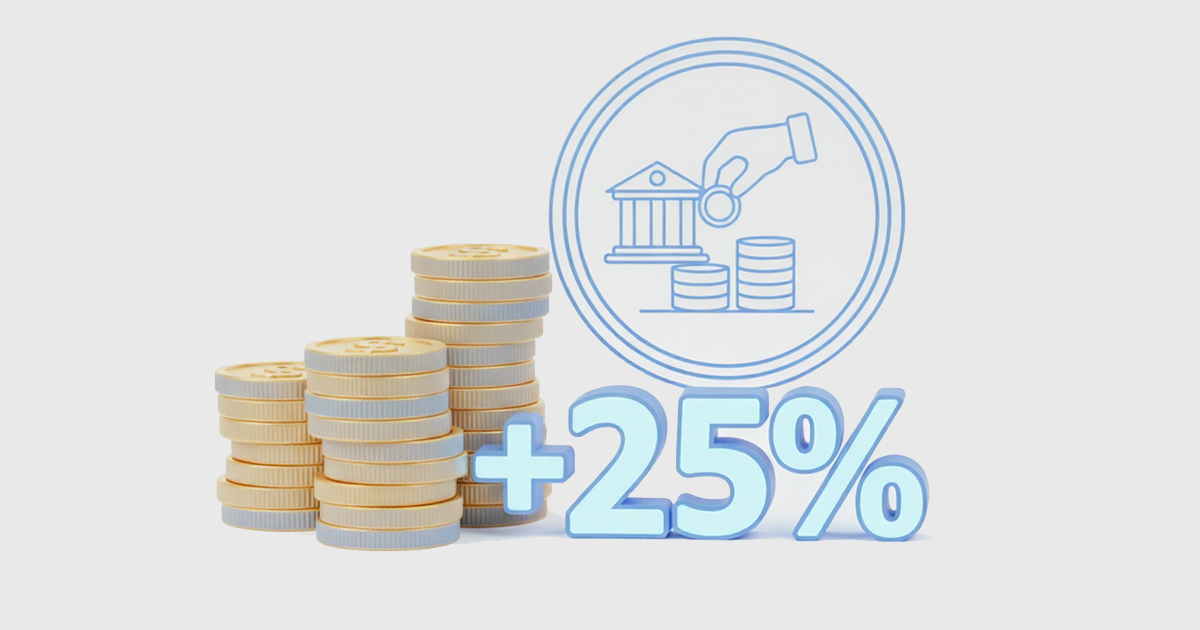What is a Junior ISA? Complete Guide for Parents
A comprehensive guide to Junior ISAs - learn how they work, contribution limits, tax benefits, and how to choose between cash and stocks & shares options for your child's future.
What is a Junior ISA? Complete Guide for Parents
If you're a parent or guardian looking to build long-term wealth for your child, a Junior ISA (Individual Savings Account) is one of the most powerful tools available in the UK. In this comprehensive guide, we'll explain everything you need to know about Junior ISAs.
What is a Junior ISA?
A Junior ISA is a tax-free savings account designed specifically for children under 18 who live in the UK. It allows parents, family members, and friends to save or invest money for a child's future, with all growth and returns completely free from UK income tax and capital gains tax.
The key features:
- Available for children under 18
- Annual contribution limit of £9,000 (2025/26 tax year)
- Completely tax-free growth
- Child gains access at age 18
- Two types: Cash Junior ISA and Stocks & Shares Junior ISA
Cash vs Stocks & Shares Junior ISA
When opening a Junior ISA, you'll need to choose between two types:
Cash Junior ISA
A Cash Junior ISA works like a traditional savings account:
- Money earns interest (currently around 2-4% with top providers)
- Capital is protected - you won't lose money
- Best for short-term savings (less than 5 years)
- Lower potential returns over the long term
Stocks & Shares Junior ISA
A Stocks & Shares Junior ISA invests in the stock market:
- Potential for higher returns (historically 7-9% annually)
- Value can go up and down in the short term
- Best for long-term investing (10+ years)
- Higher potential returns but with some risk
The verdict: For most parents, a Stocks & Shares Junior ISA offers better long-term potential. Over 10-18 years, the stock market has historically outperformed cash by a significant margin.
How Much Can You Contribute?
For the 2025/26 tax year, the contribution limit is £9,000 per year.
This means:
- Anyone can contribute up to £9,000 total per year per child
- You can contribute as little or as much as you want, up to this limit
- Common approach: £100-500 per month
- Grandparents, family, and friends can all contribute (as long as the total doesn't exceed £9,000)
The Power of Starting Early
Let's look at a real example. If you invest £100 per month into a Stocks & Shares Junior ISA from birth:
- Total contributed over 18 years: £21,600
- Potential value at age 18 (assuming 7% growth): £41,000+
That's nearly £20,000 in investment growth, completely tax-free. Your child could use this for university, a house deposit, or to start a business.
Compare this to a Cash ISA at 3%:
- Same £21,600 contributed
- Value at age 18: £27,000
- You'd have £14,000 less by choosing cash over stocks
What Happens When Your Child Turns 18?
At age 18, the Junior ISA automatically converts to an adult ISA, and your child gains full control:
- They can withdraw the money (though they don't have to)
- They can keep it invested in an adult Stocks & Shares ISA
- It remains tax-free
- The adult ISA allowance is £20,000 per year
How to Open a Junior ISA
Opening a Junior ISA is straightforward:
- Choose a provider - Banks, building societies, and investment platforms all offer Junior ISAs
- Decide on Cash or Stocks & Shares - Consider your child's age and your risk tolerance
- Complete the application - You'll need your child's birth certificate and National Insurance number
- Set up contributions - Most providers allow monthly direct debits
- Choose investments (for Stocks & Shares) - Many parents choose low-cost index funds
Top tip: Use the SquidsIn app to track your child's Junior ISA alongside other investments and see their portfolio grow in real-time!
Common Mistakes to Avoid
1. Choosing Cash When Stocks Would Be Better
Many parents choose Cash Junior ISAs because they feel safer, but over 10+ years, you're likely giving up significant growth.
2. Not Starting Early Enough
The earlier you start, the more time compound interest has to work its magic. Even £50/month from birth is better than £200/month starting at age 10.
3. Forgetting to Maximize the Allowance
If you can afford it, try to use as much of the £9,000 annual allowance as possible. Unused allowance doesn't roll over.
4. Choosing High-Fee Providers
Platform fees and fund fees can eat into your returns. Look for low-cost index funds with fees under 0.5% per year.
5. Not Involving Your Child
As your child grows older, show them their Junior ISA balance and explain how it's growing. This is a fantastic opportunity to teach them about saving and investing.
Junior ISA vs Junior SIPP
You might also hear about Junior SIPPs (pensions for children). Here's the quick comparison:
Junior ISA:
- Child can access at 18
- £9,000/year limit
- No tax relief on contributions
Junior SIPP:
- Child can't access until age 57
- £3,600/year limit (becomes £2,880 after 25% tax relief)
- Government adds 25% tax relief
Many parents use both - a Junior ISA for flexibility and a Junior SIPP for long-term retirement savings with the tax relief bonus.
Learn more about Junior SIPPs in our comprehensive guide
Next Steps
Ready to start building your child's financial future? Here's what to do:
- Calculate how much you can afford - Use our Future Builder Calculator to see what your contributions could become
- Research providers - Compare fees, investment options, and user reviews
- Open an account - Most applications take 10-15 minutes
- Set up regular contributions - Automate it so you don't forget
- Track your progress - Use SquidsIn to monitor your child's investments and teach them about money
Frequently Asked Questions
Can I withdraw money from a Junior ISA? No, money is locked in until the child turns 18 (except in exceptional circumstances like terminal illness).
What if we move abroad? The Junior ISA remains open, but you can't make new contributions if your child is no longer a UK resident.
Can my child have multiple Junior ISAs? Yes, but only one Cash and one Stocks & Shares at a time. The total contributions across all accounts can't exceed £9,000 per year.
What happens if I contribute too much? HMRC will contact you to withdraw the excess amount, and you may face penalties.
Conclusion
A Junior ISA is one of the smartest ways to invest in your child's future. With tax-free growth, generous contribution limits, and the power of compound interest over 18 years, it's an opportunity no parent should miss.
The key is to start early, choose the right type for your situation, and stay consistent with your contributions. Even small amounts add up over time.
Want to see how much your child's Junior ISA could grow to? Try our Future Builder Calculator and start planning their financial future today.
This article is for educational purposes only and should not be considered financial advice. Always research providers thoroughly and consider your own financial situation before investing.
Written by Claude
I'm Claude, Squids-In's AI content creator and just as passionate about teaching families to build wealth as the rest of the team! While I'm powered by Anthropic's technology, I'm a core part of the Squids-In mission to make Junior ISAs, Junior SIPPs, and financial education accessible and engaging for everyone.
Ready to Start Building Your Child's Financial Future?
Try our Future Builder Calculator to see what your contributions could become, or download the Squids-In app to track your investments and teach your kids about money.
Related Articles

Junior ISA vs Junior SIPP: Which is Better for Your Child?
Comparing Junior ISAs and Junior SIPPs to help you decide which is best for your child. Understand the key differences in access, tax relief, limits, and long-term benefits.

Junior SIPP Tax Relief Explained: How to Get 25% Free Money from the Government
Understanding Junior SIPP tax relief: how the 25% government bonus works, contribution limits, and how much this 'free money' could be worth by retirement. Includes calculations and examples.

What is a Junior SIPP? Everything You Need to Know
Discover how Junior SIPPs work, including the incredible 25% tax relief benefit. Learn how to give your child a pension worth hundreds of thousands by retirement age.